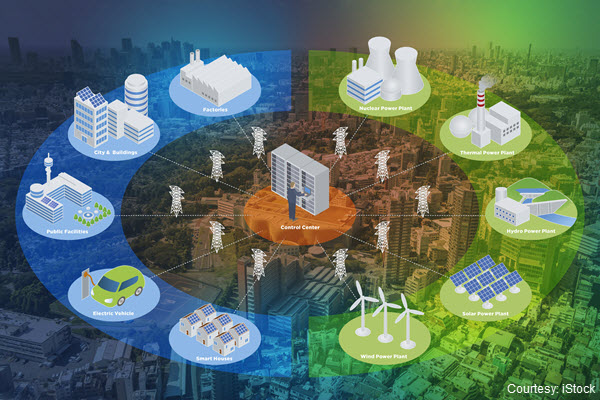
We’ve been watching the evolution of microgrids for a few years now, but every time they appeared ready to gain some ground in the market, development got bogged down and progress stalled. So I was intrigued to read a February 2017 article in Microgrid Knowledge on APS’s bullish new microgrid deployments. APS moved to install two microgrids—one located at a military base and the other for a data center—without securing preapproval from state regulators.
When Microgrid Knowledge asked about the financial risk, APS representative Scott Bordenkircher explained that these microgrids will cost less than traditional upgrades to the utility’s distribution infrastructure. He said that utility customers require on-site backup power; by splitting the microgrid costs with APS, both the customers and the utility expect to secure a lower overall cost than the alternative—feeder upgrades and the installation of stand-alone generators.
Microgrids are the “right thing to do” for the customers and for the utility. Read the blog to learn more!
Tweet this!
We spoke with APS representatives, and they indicated that the decision to build microgrids had little to do with promoting new technology; it was simply a sound financial investment. Bordenkircher told Microgrid Knowledge that microgrids are the “right thing to do” for the customers and for the utility. In addition to a preexisting need for reliable backup power, other factors enabling utility-customer alignment on these projects included the ability for the customer to share in investment costs, the high level of technical sophistication of each customer, and the need for uninterrupted, high-quality grid services to help maximize uptime and site security at each location.
I see these two new microgrid projects as milestones in improving utility-customer relationships, integrating distributed generation, and modernizing the aging power grid. These microgrids will help stack value for the utility and its customers, will continue to drive down the price on enabling equipment and technology, and will help broaden the customer applications for which microgrids represent a feasible energy solution.
